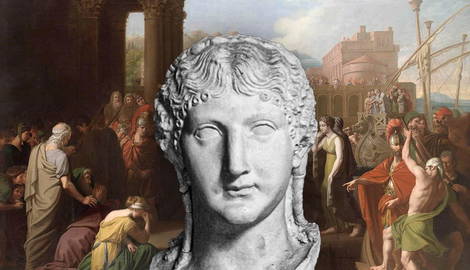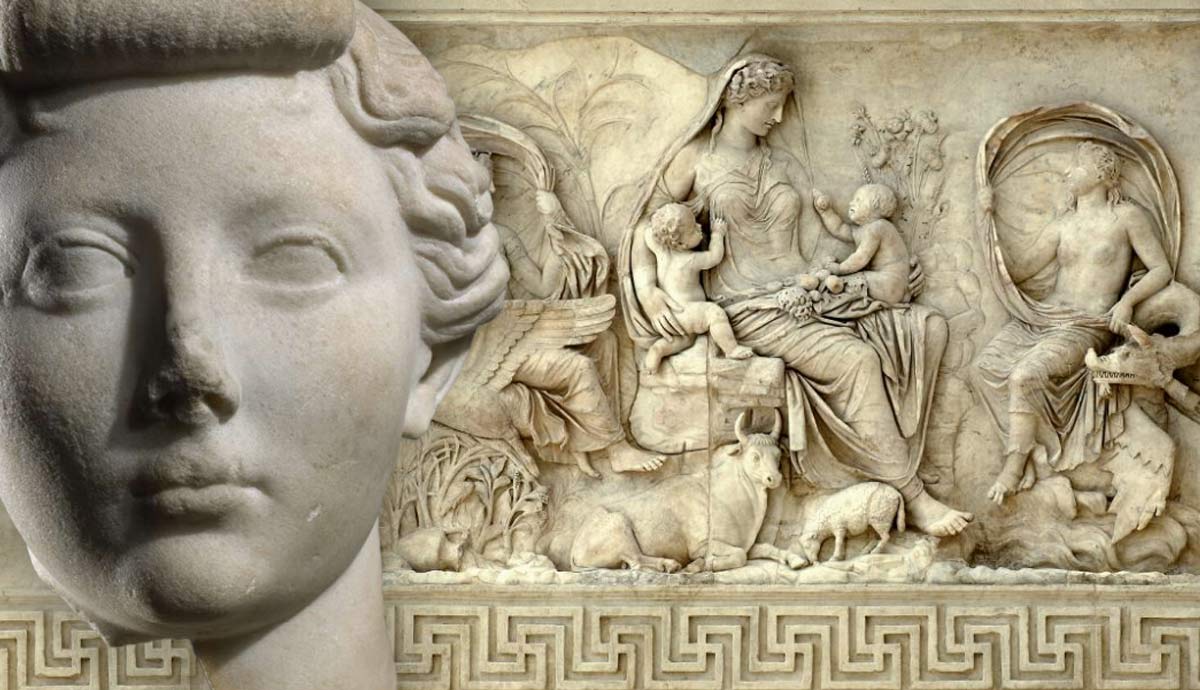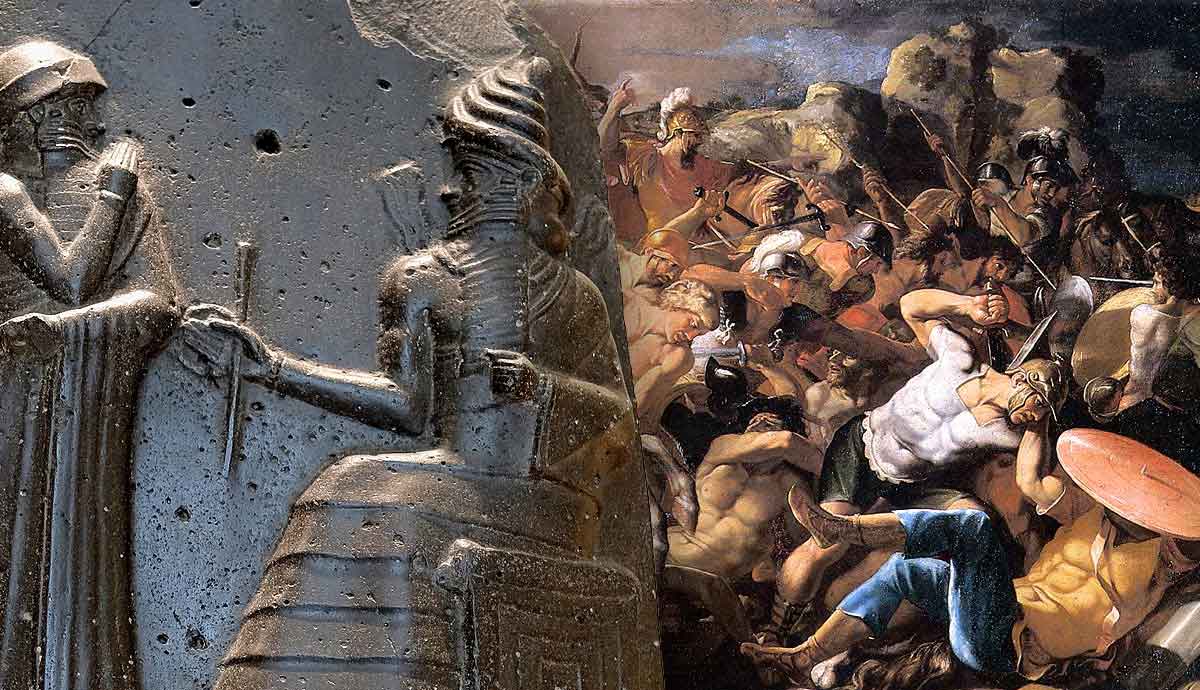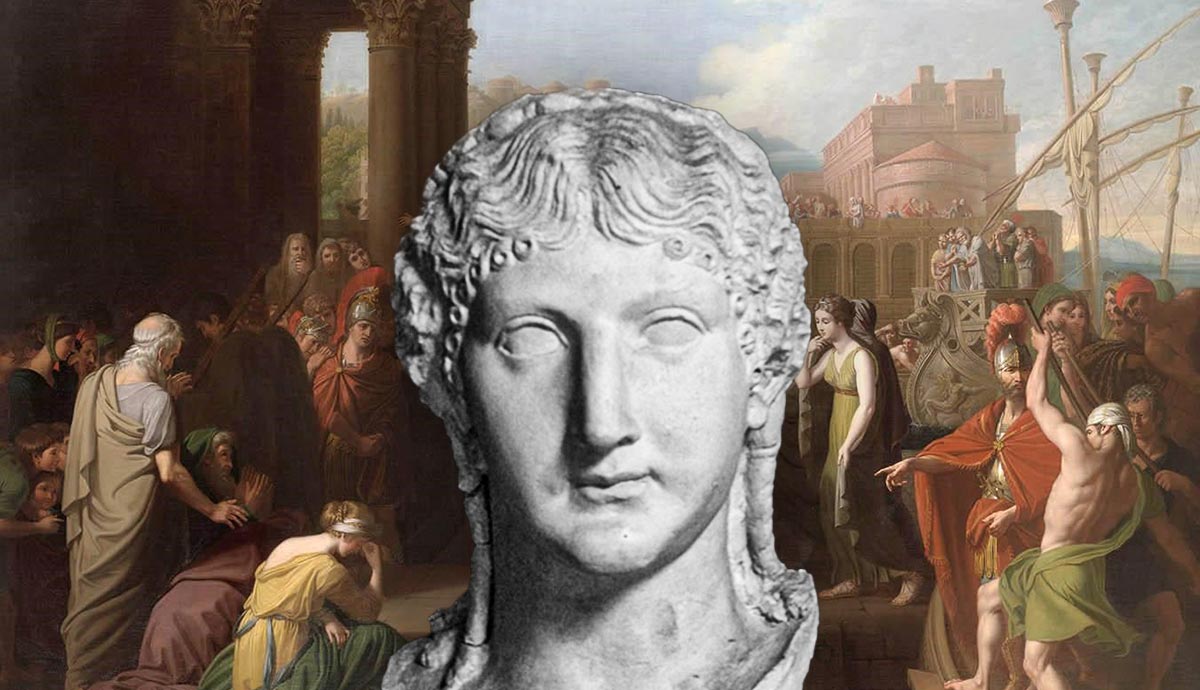
The emperor Caligula had three sisters—Agrippina, Drusilla, and Livilla—whom he reportedly loved dearly. He may even have loved them a bit too much, with accusations of incestuous relationships appearing in later imperial biographies. While these accusations are probably spurious, he was close to his sister Drusilla, whose death in 38 CE affected him greatly and may have contributed to his later unstable behavior. He expressed his adoration for her by having Drusilla deified. This was a notable act since she was the first person to be deified after Augustus.
Young Drusilla: Daughter of Germanicus
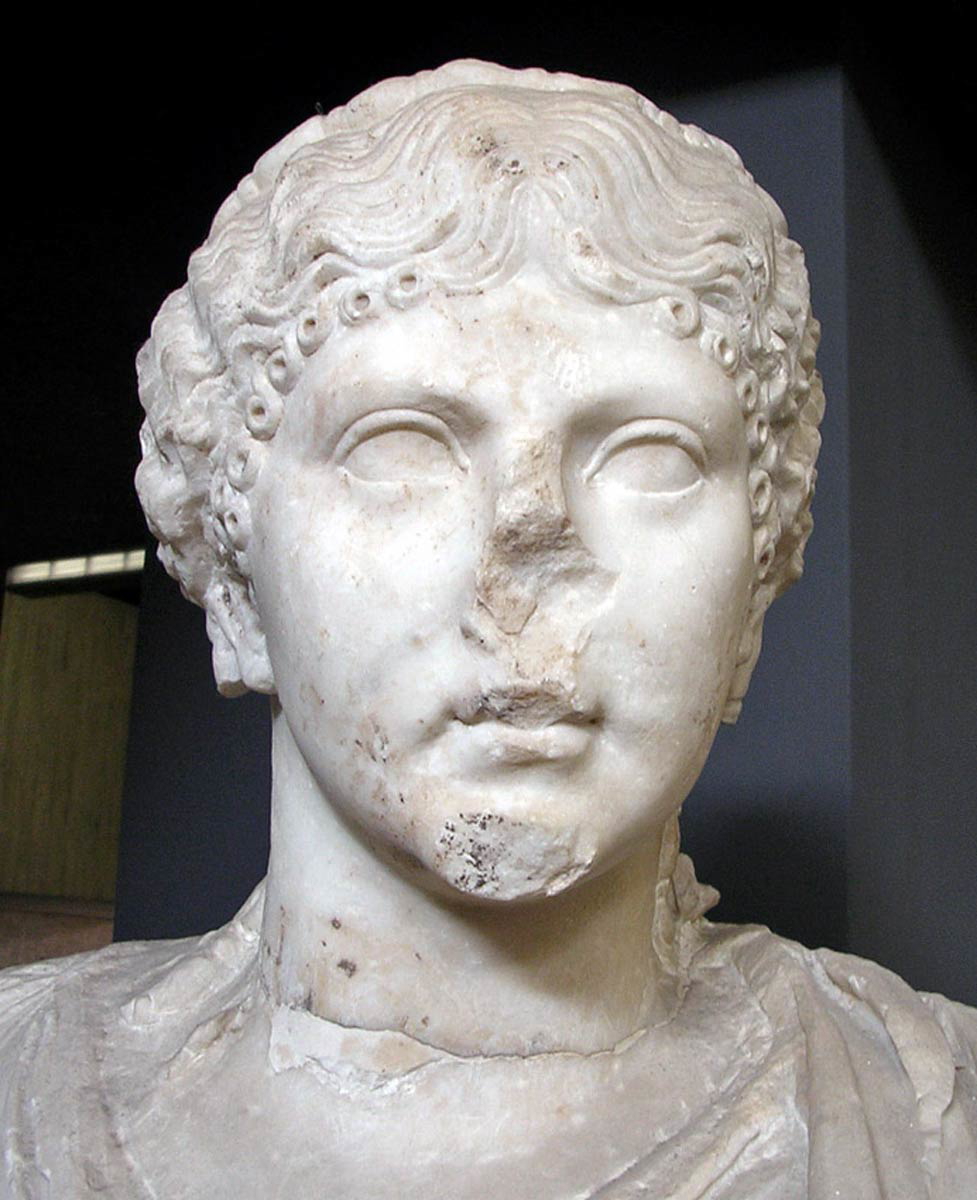
Drusilla and Caligula were both the children of Germanicus and Agrippina the Elder. Agrippina was a granddaughter of the first emperor Augustus, and Germanicus was the son of Tiberius’s brother Drusus. Augustus evidently thought much of the young man, as when he adopted Tiberius as his heir in 4 CE, he also required Tiberius to adopt Germanicus as his heir, despite having a son of his own. As Tiberius was groomed for succession as a powerful general under Augustus, Germanicus occupied the same position under Tiberius.
The prestigious couple had six children: Nero, born in 6 CE, Drusus in 8 CE, Gaius (Caligula) in 12 CE, Agrippina in 15 CE, Drusilla in 16 CE, and Livilla in 18 CE. The family accompanied their father on campaign, so Drusilla was born at Abitarvium, a place in modern-day Germany. She may have enjoyed similar adoration from the troops as her older brother Gaius, who earned the name Caligula, meaning “little boots,” from his role as army mascot. When Germanicus celebrated his triumph in Rome in 17 CE, he reportedly had his children in his chariot, potentially including Drusilla, who would have been a babe in arms.
Family Conflict: Tiberius vs. Agrippina
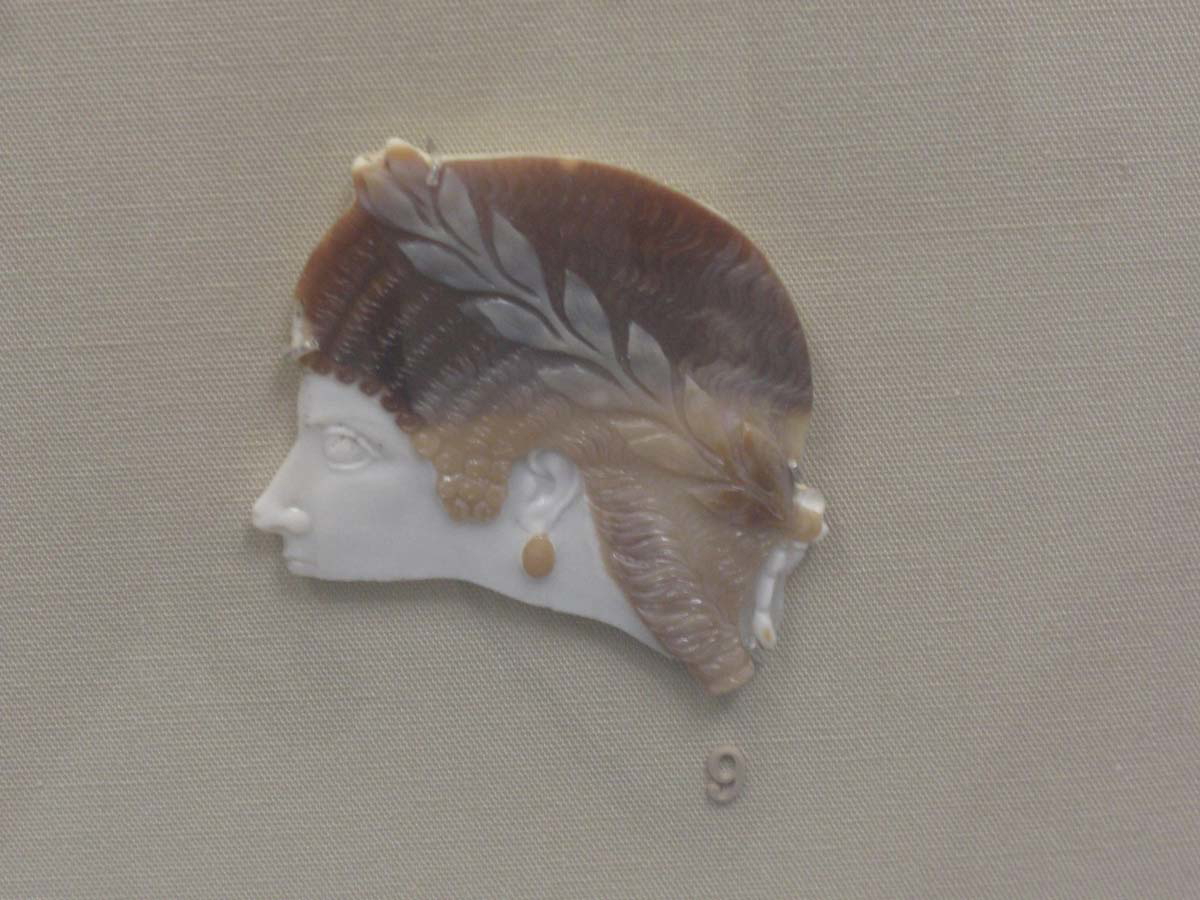
Despite celebrating a triumph, Germanicus made several crucial errors during his German command. Consequently, when Tiberius sent Germanicus to the East following his triumph, he also sent his close friend and ally, Calpurnius Piso, to guide him. When Germanicus died in the East in 19 CE, Agrippina was convinced that he had been poisoned by Piso on Tiberius’s orders. While this charge was never proven, Agrippina repeated it to anyone who would listen, which must have included her children.
Back in Rome, Agrippina and her children went to live with Antonia Minor, Germanicus’s mother. Agrippina continued to tell people that Germanicus had been killed and that her children were being robbed of their rightful place as heirs. This was despite Tiberius adopting the older boys Nero and Drusus as his heirs in 23 CE following the death of his own son Drusus. This eventually led to Agrippina and Nero being exiled from Rome in 29 CE, followed by Drusus in 30 CE. Nero died in exile in 31 CE, and Nero and Agrippina died in 33 CE. Caligula and his sisters were kept in Italy, under close watch.

Drusilla and her siblings must have been greatly affected both by their mother telling them that they had a grand legacy that was being stolen from them by Tiberius, and the bloody deaths of so many family members.
But despite problems between the two families, Tiberius still looked to Germanicus’s family for succession, alongside his own grandson Tiberius Gemellus. He made advantageous marriages for all the family members. He married Caligula to Junia Claudia, the daughter of one of his close friends and allies. In 33 CE, he married Drusilla to Lucius Cassius Longinus, another friend and ally. While Drusilla would have been around 17, her husband had to be at least 45 on his wedding day. He served as consul in 30 CE, for which the minimum age was 42. Tiberius later officially adopted both Caligula and Tiberius Gemellus, who was nine years younger than his cousin, as heirs in 35 CE.
Rise to Power: The Emperor Caligula
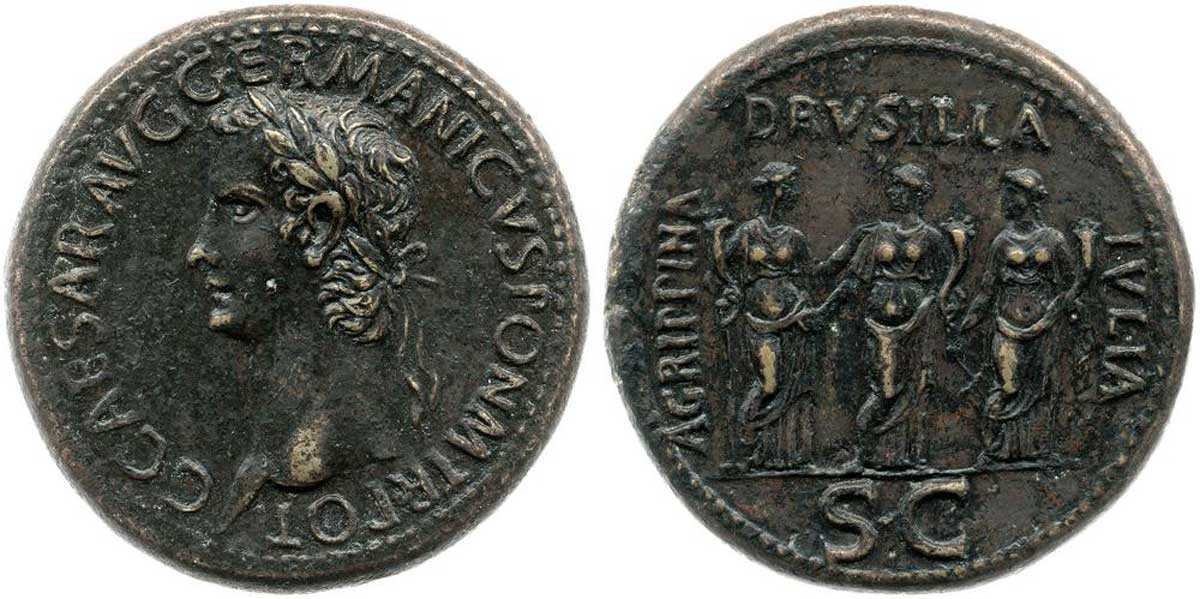
When Tiberius died in 37 CE, the Senate and people enthusiastically accepted Caligula as their new emperor. They were tired of old Tiberius and his apparent cruelty, and excited by the youth and charisma of Caligula, the son of the popular Germanicus. Caligula adopted the younger Tiberius Gemellus as his heir and also divorced the wife that he had been saddled with by Tiberius.
Lacking a female counterpart, a role played by Livia as the wife of Augustus and the mother of Tiberius, Gaius elevated the women of his family to this position. Just like Livia in Augustus’s will, Caligula gave his grandmother Antonia Minor and his three sisters the title Augusta and the privileges of the Vestal Virgins. The names of his sisters were included in all formal oaths, and they appeared on the Roman coinage frequently, sometimes named as Imperial Virtues, with Agrippina as Securitas, Drusilla as Concordia, and Livilla as Fortuna.
Not having a wife of his own, Caligula seems to have used his sisters as substitutes. This was not uncommon. In Rome, when a member of the aristocracy hosted a banquet, it was traditional for the host and hostess, usually husband and wife, to have seats of honor. Bachelors would often invite their sister to take the place of hostess. This seems to have been what Caligula did, but rather than rotating between his sisters, he seems to have reserved this privilege for Drusilla. It may have been Drusilla substituting for an absent wife that led to later sources accusing the pair of acting like husband and wife.
Sister-Queen: Caligula and Drusilla
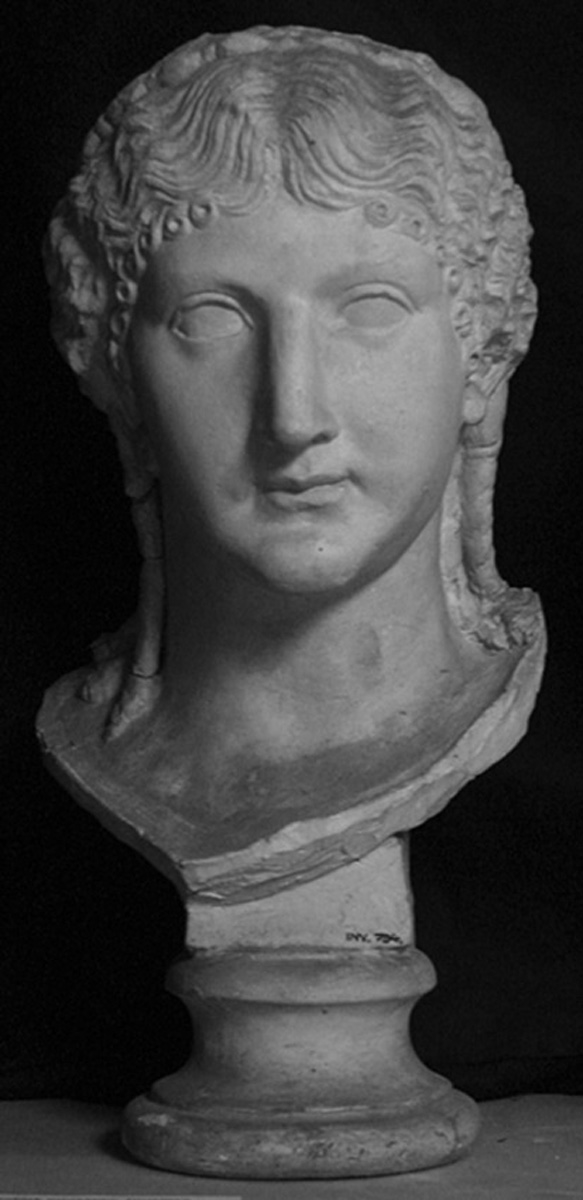
There are many reasons why Caligula may have preferred his sister Drusilla over his other two sisters, though he honored them all and is also accused of having incestuous sexual relations with all three. He may just have been closer with Drusilla, or she may have had political acumen that he valued.
When he came to power in 37 CE, Caligula ordered Drusilla to divorce the husband chosen for her by Tiberius. He was sent to Africa as proconsul, probably to get the respected senator out of the way. Three years later, Caligula ordered him killed, reportedly because an oracle warned him that he was plotting against him.
Instead, Caligula married Drusilla to a new ally, Marcus Aemilius Lepidus, almost certainly another grandson of Augustus through his granddaughter Julia the Younger. Both Suetonius and Cassius Dio suggest that Caligula and his brother-in-law were lovers, and the marriage may have been a way to keep him close. But consolidating his family in positions of power also seems a likely scenario.
Chosen Heir: Caligula’s Illness
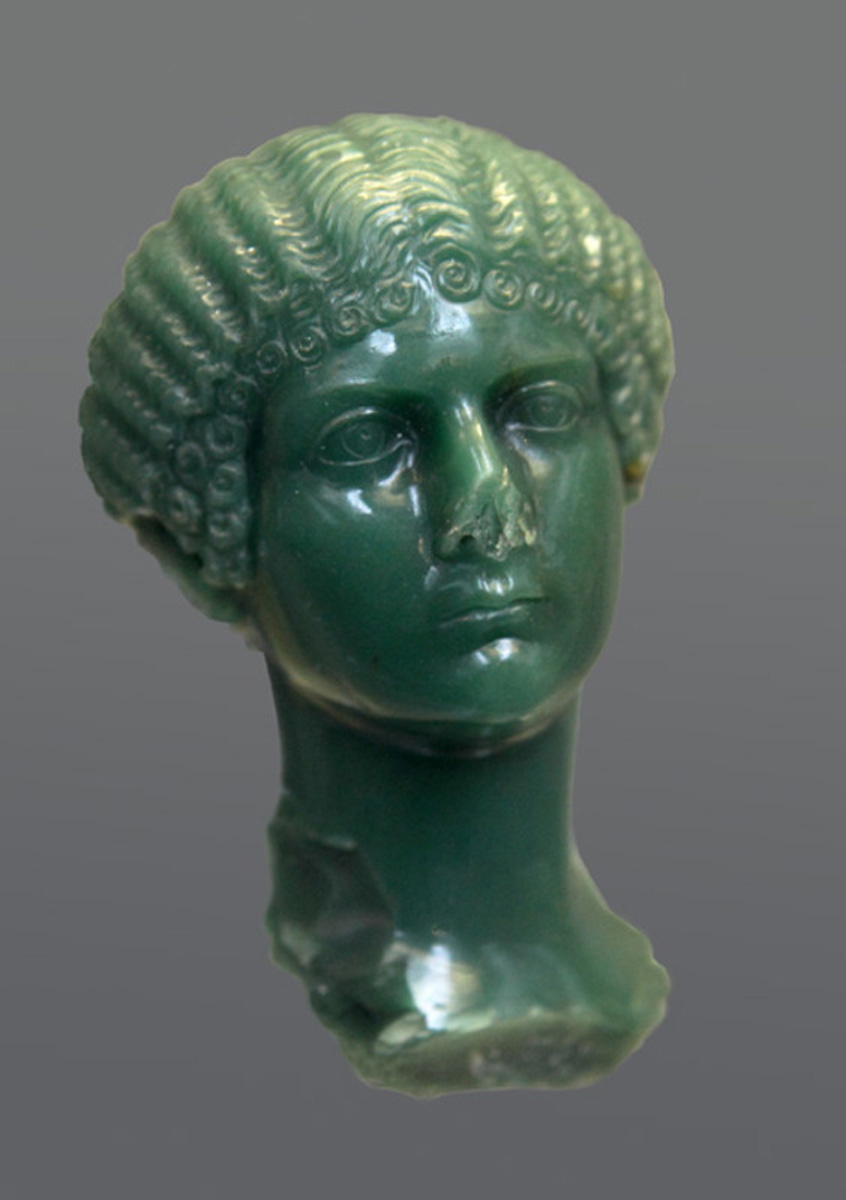
Only around six months into his reign around October 37 CE, Caligula fell ill. His life seems to have hung in the balance for around a month, leading people to make public offerings for his recovery. He did indeed recover, but many scholars believe that this marked the start of his erratic behavior. He certainly seems to have become more concerned with succession planning.
Caligula put Gemellus to death, possibly because there was talk of his succession during Caligula’s illness. To replace him, the sources suggest that he either adopted Drusilla or her husband Lepidus as his heir. The reality is that he probably adopted both as a kind of package deal.
It was also around this time that Caligula married his second wife Orestilla, who was again claimed after he forced her to divorce her husband Piso, reportedly at their wedding feast. However, he divorced her after only a few days and banished both Orestilla and Piso not long after.
Whatever his greater plans, they were undermined when Drusilla herself fell ill and died on June 10, 38 CE.
Diva Drusilla: Apotheosis and Cult
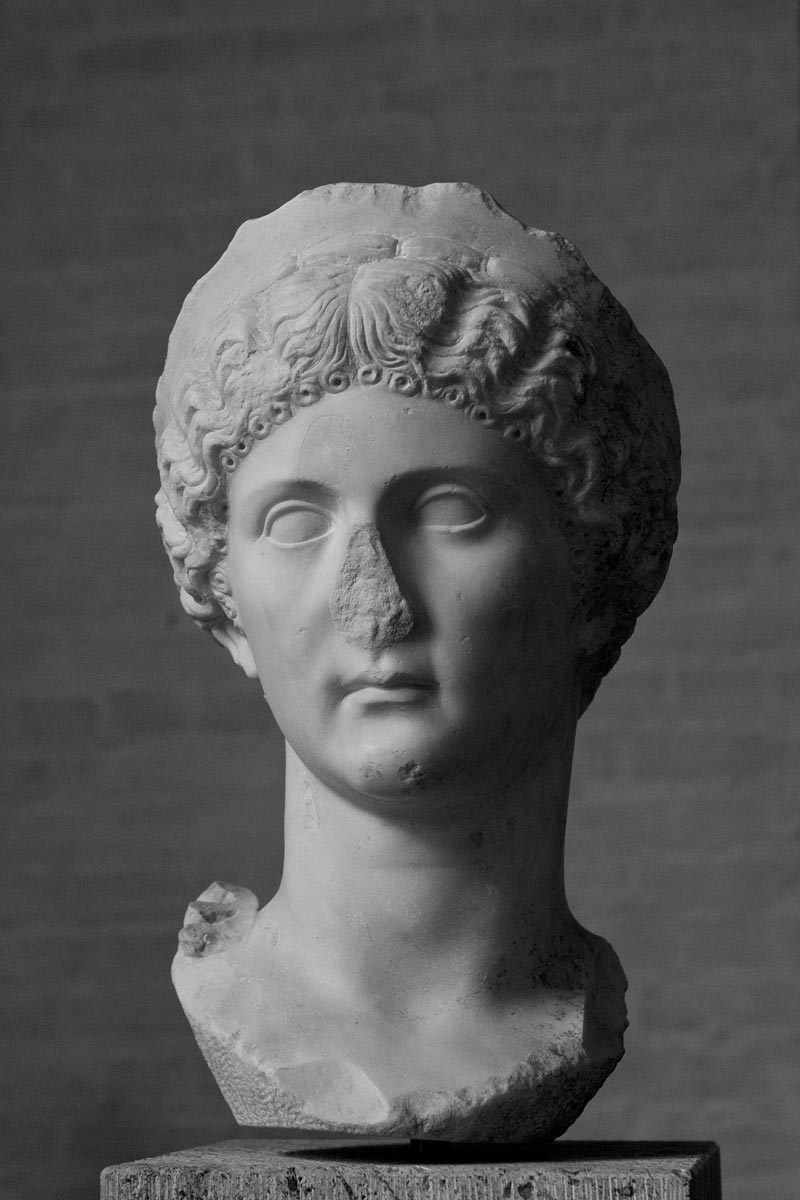
Following Drusilla’s death, Caligula ordered public mourning and a public funeral for the imperial princess, reportedly mourning her as a husband. This followed the precedent for the public mourning for Livia under Tiberius.
However, a senator, probably trying to win favor with the devastated emperor, claimed to have witnessed Drusilla’s apotheosis. Similar witnesses also came forward to confirm the apotheoses of Julius Caesar and Augustus. This allowed Caligula to secure the deification of his sister, which was no small feat. She was the first person to be deified since Augustus. Tiberius had denied divine honors for his mother Livia following her death, and the Senate ignored Caligula’s request to deify Tiberius at the start of his reign. It must have seemed to many like a very extravagant honor.
According to Suetonius and Cassius Dio, Diva Drusilla enjoyed an elaborate cult: she received the cult name Panthea, her own college of priests, a cult statue in the temple of Venus, and games in her honor. However, neither author was alive at the time, and these elaborate honors do not match up with other evidence.
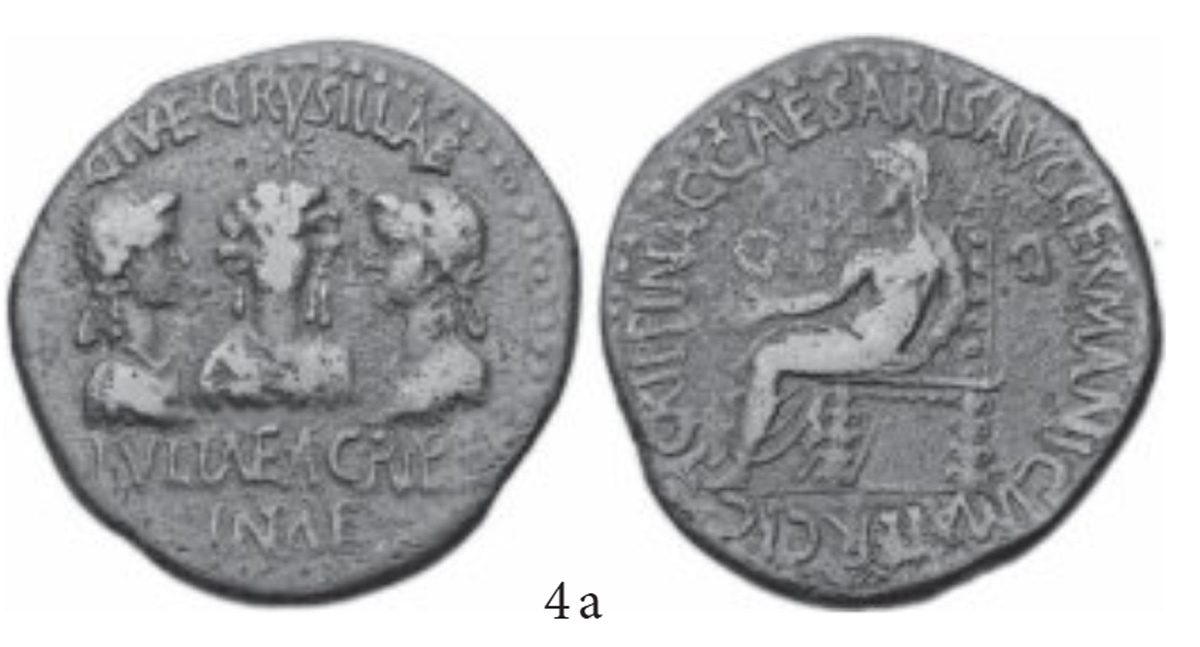
The Arval Brothers—a popular priesthood in Rome who conducted rites for the fertility goddess Dea Dia and the imperial cult—recorded their rites for the consecration of Diva Drusilla. It happened on September 23, 38 CE, which was the birthday of Augustus and a public holiday. The ritual also took place at the Temple of Divus Augustus, which had only been consecrated in August 37 BCE by Caligula. This surely indicates that the cult of Diva Drusilla was tied to that of Divus Augustus, as that of Diva Augusta (Livia) would later be when she was deified under Claudius.
However, another inscription shows that when rites were conducted on the birthday of Drusilla herself in June 40 CE, they were conducted at the temple of Venus, matching the literary sources. But a careful reading of the epigraphic evidence for this rite shows that no sacrifices were made to the Diva herself, but rather to the Capitoline Triad on her behalf. This matches rituals conducted on the birthday of her father Germanicus the same year, who was certainly never deified. Consequently, the exact nature of the posthumous honors awarded to Drusilla remains ambiguous.
Aftermath: Caligula Grieving

While Caligula’s erratic behavior in the later years of his reign is usually attributed to his illness, the death of his favorite sister clearly had an impact on Caligula and the rest of his family.
It was only a few days after Drusilla’s consecration that Caligula married his third wife, Lollia Paulina. Her husband Regulus was also forced to divorce her when Caligula heard that her grandmother was a great beauty. The marriage only lasted about six months, with Caligula reportedly divorcing her for being infertile. But the hasty marriage seems to suggest that the death of Drusilla again resulted in a preoccupation with succession.
This was not just for Caligula. In 39 CE, Caligula made public letters that he said were evidence of adultery between Drusilla’s widow Lepidus and his two married sisters Agrippina and Livilla. Most likely, having lost Drusilla, Lepidus was looking to marry another of the sisters to secure his succession. Caligula had Lepidus killed and his sisters exiled.

Caligula would also marry again in 39, this time to Ceasonia, who was reportedly neither young nor a beauty but had already had three daughters with a previous husband. They reportedly started an affair before the marriage, and she gave birth to their first child, a daughter, just a month after their wedding. Caligula named the baby Julia Drusilla for his sister and took her to see all the goddesses in Rome, eventually laying the baby in the lap of Minerva in the Capitoline Temple.
Unfortunately, both Ceasonia and the baby Julia Drusilla were murdered alongside Caligula when he was finally assassinated for his erratic behavior by the Praetorian Guard in 41 CE. While Drusilla was never “de-defied,” she disappears from the records, suggesting that she was simply ignored. However, Drusilla’s older sister Agrippina would go on to marry her uncle Claudius, becoming his fourth wife, and eventually putting her son Nero in power.
